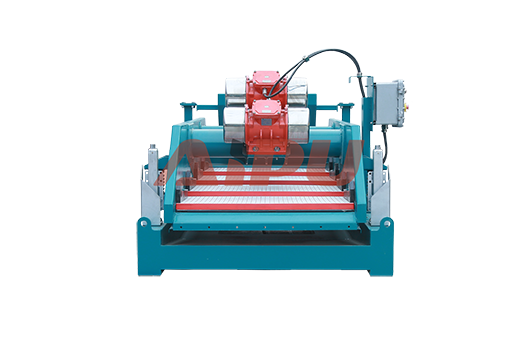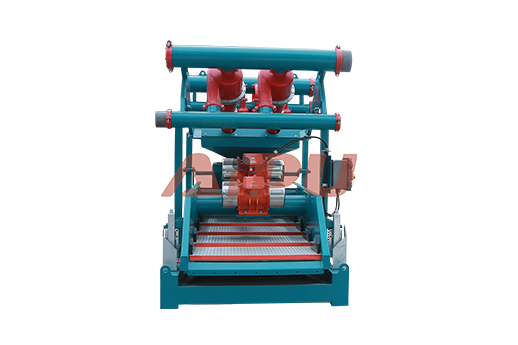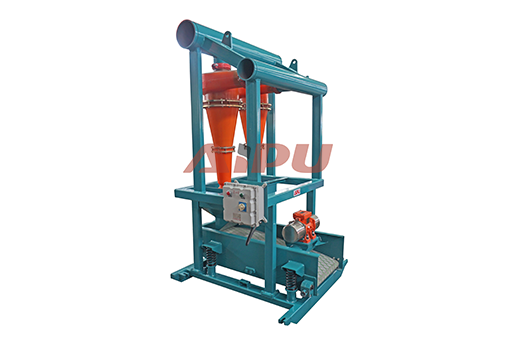How to Optimize Mud Flow for Balanced Vibration
Optimizing mud flow is a critical process for achieving balanced vibration in drilling operations, directly impacting efficiency and equipment longevity. Unbalanced vibrations can lead to premature wear on shaker screens, reduced solids control efficiency, and potential damage to downstream equipment. The primary goal is to establish a consistent, uniform flow across the entire screening surface of the shale shaker. This prevents localized overloading or dead spots, which are common sources of disruptive and damaging vibration patterns. A well-optimized flow ensures that the shaker can perform its intended function of separating drill cuttings from the drilling fluid effectively, maintaining the mud's properties and protecting the entire drilling system.
Key Factors for Mud Flow Optimization
The foundation of balanced vibration lies in the feed distribution. The drilling fluid should be introduced to the center of the shaker screen or through a dedicated distribution manifold. This allows the slurry to spread evenly across the width of the screen. Adjusting the flow rate to match the shaker's design capacity is non-negotiable; exceeding this rate will inevitably cause flooding and chaotic vibration.

Screen Selection and Deck Angle Adjustment
The type and condition of the shaker screen are paramount. A screen with the correct mesh size for the anticipated solids load is essential. A finer screen may offer better filtration but can blind quickly if the flow is not optimized, leading to intense vibration. Conversely, a screen that is too coarse will not process the fluid correctly. The deck angle also plays a significant role. A steeper angle increases fluid throughput but may reduce solids conveyance, while a shallower angle does the opposite. Finding the right balance for your specific drilling conditions is key to maintaining a smooth, balanced operation.
Monitoring and Maintenance for Consistent Performance
Continuous monitoring of the fluid's properties, such as viscosity and density, is crucial. Changes in these properties can drastically affect how the mud flows across the screen. Regular inspection and maintenance of the shaker's vibration motors are also vital. Ensure that the motors are synchronized and that their weights are set correctly according to the manufacturer's specifications. Any imbalance in the motors themselves will directly translate to an unbalanced vibration in the entire system.
For operations demanding the highest level of efficiency and reliability in solids control, selecting equipment from a trusted manufacturer is fundamental. Aipu specializes in engineering robust and high-performance solids control equipment, including shale shakers designed for optimal flow distribution and vibration management. Their systems are built to deliver consistent performance, helping to ensure balanced vibration and superior solids removal in the most challenging drilling environments.






